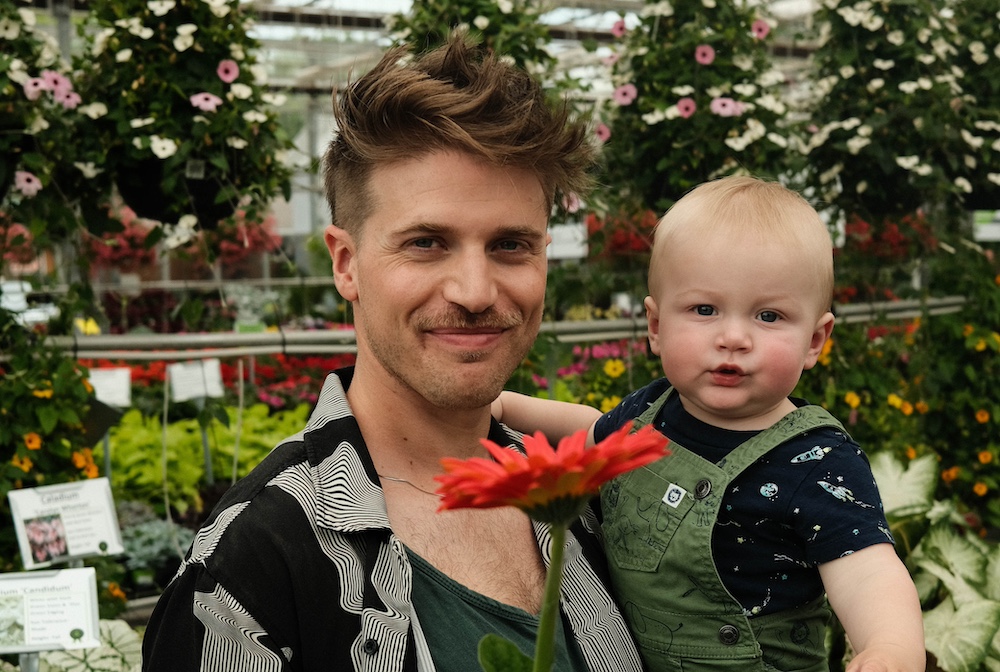Welcoming a child into your home through foster care or adoption can be exciting, but it’s also a challenging time. However, there are several things you can do to help make the transition smoother for the new child and your family. Check out these tips from Trey Rabun, Amara‘s Family Outreach Specialist and a Gays With Kids’ Expert on foster-adopt.
1. Plan a Transition
If applicable, have a gradual transition from the child’s current placement to your home. Start with day visits, increase to overnight visits, and then move the child permanently into your home. The hope is to transfer the attachment/bond from the current caregiver to the new one. Having a transition also allows for contact with the pervious caregiver which gets you access to valuable information about the child’s likes and dislikes, their sleep and feeding schedule, and toiletries (soap, lotion, etc.) used so you recreate the same smells and scents in your home. The goal is to create a similar routine and schedule in your home to minimize the level of change being experienced by the child.
2. Be Flexible
Your family will be going through a lot of change in the first few days, weeks, and months so it’s natural that things won’t always go to plan…and that’s o.k.! In the first few days keep things simple and set rules only around respect and safety, and over time slowly add more expectations around the child’s behaviors and rules in the home. Remember everything to the child is “new” and it will take some time for them to start feeling comfortable and secure in your home.
3. Be Open to Learning
Most foster and adopted children have experienced some level of trauma. This often requires new ways of thinking about parenting and discipline. For example, the traditional parenting method of Time-Outs can often exacerbate feelings of rejection and abandonment in vulnerable children. However, Time-Ins are a great alternative to use when dealing with undesirable behaviors.
4. Take Into Account a Child’s Thoughts and Opinions
For older children, letting them have some ownership in the move is a good way to help minimize the stress of a transition. The extent of the child’s involvement will range depending on their age, but for an elementary-aged child you can, for example, take them to the store and allow them to pick out their new sheets and blankets with their favorite cartoon character. You can also ask what their favorite foods are and have them stocked up on the child’s first day in the home. For a teenager, have frequent check-ins around how they are feeling and make changes to the transition plan (either slow down or speed up) based on their comfort with the pace of the transition.
5. Create a Support Network
Becoming a foster or adoptive parent has its unique joys and challenges, and talking to other families going through the same experiences can be a great resource. Join the support group at your agency or create a parenting group in your neighborhood for other foster and adoptive families. Your friends and families will be a wonderful support system too, but being in a room of other parents who share the same feelings of joy, excitement, angst, and frustration will be invaluable!
For more information please access the websites below:
https://cherish.kindering.org/resources/
https://adoption.com/welcoming-your-new-foster-child
http://www.fccy.org/blog/foster-care-pa/ways-to-make-foster-kids-feel-welcome-in-a-new-home-part-1/






